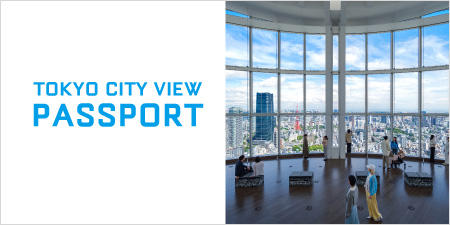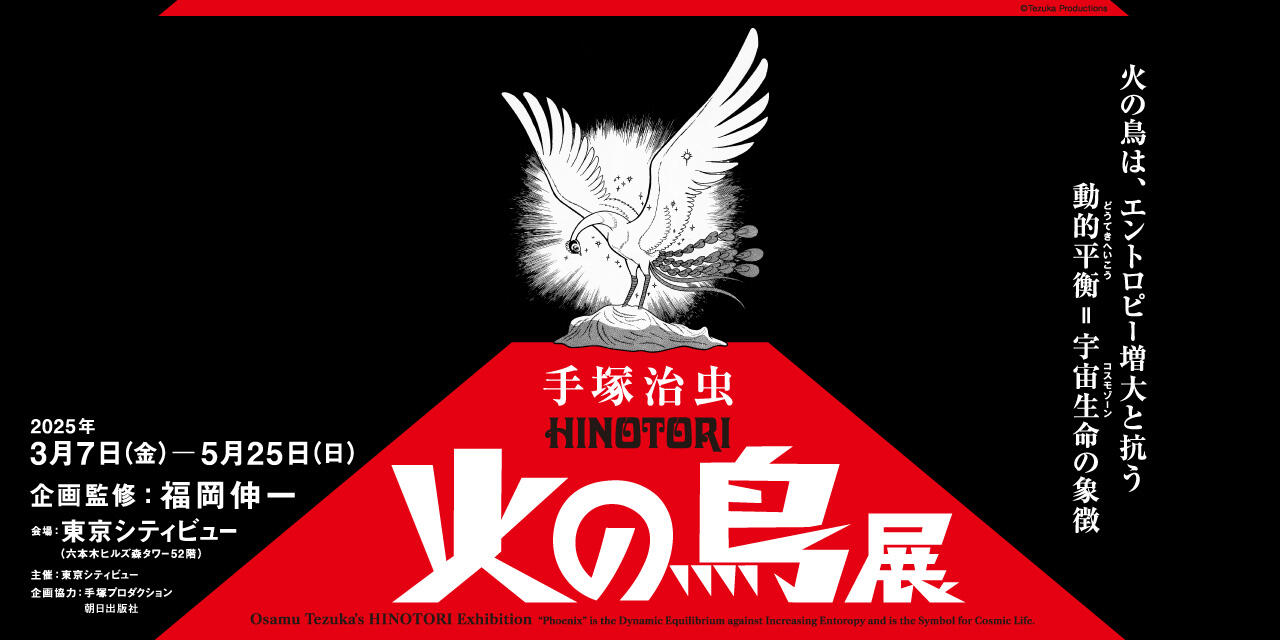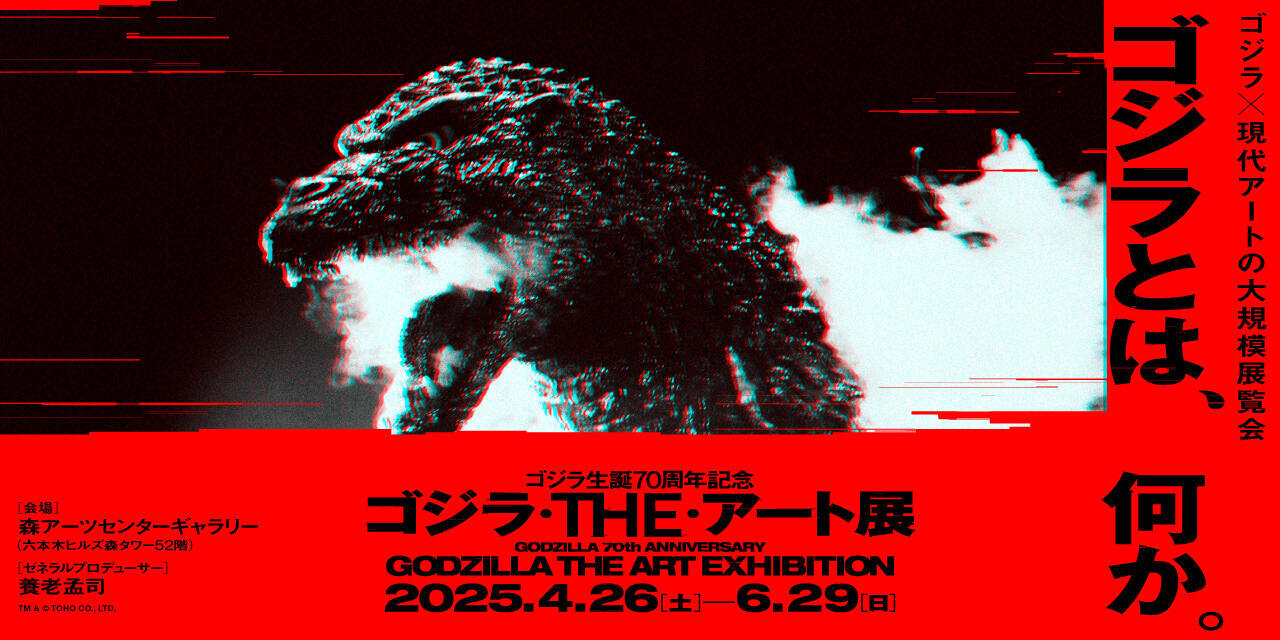Recent decades have seen a stream of catastrophes around the world - from 9.11 in 2001 to the global financial crisis of 2008, the Great East Japan Earthquake in 2011, and the list goes on - and many artists have produced works dealing with these tragic events, in an endeavor to inform the wider world of them, and ensure their stories are passed down to future generations. Unlike media coverage, with its emphasis on objectivity, such documenting from a personal perspective presents to us another kind of truth, difficult to discern in the shadow of numerically overwhelming public opinion. Such works may also be designed to expose contradictions and cover-ups in wider society, or express personal loss and grief.
Catastrophe and crisis can drive us to despair, yet it is also true that the energy released as we try to recover can simultaneously spark imagination, and boost creative output. The large cohort of artists from Japan and elsewhere is working for a better society since the 2011 earthquake; attempting to offer new visions, depicting ideals and hopes encompassing wishes for reconstruction and rebirth.
“Catastrophe and the Power of Art” will look at how art deals with the major catastrophes that strike communities, as well as personal tragedies, and the role art can play in our recovery; contemplating - amid today’s mounting crises of war, terrorism, burgeoning refugee numbers, and destruction of the environment - the dynamic “power of art” to turn negative into positive.
Click here to see installation view

Add Color Painting (Refugee Boat)
1960/2016
Mixed media installation
Dimensions variable
Installation view: “Yoko Ono: Installation and Performances,” Macedonian Museum of Contemporary Art, Thessaloniki, Greece, 2016
Roppongi Hills and Mori Art Museum 15th Anniversary Exhibition
Catastrophe and the Power of Art
Notice Regarding Photography and Filming in the Galleries
At the exhibition “Catastrophe and the Power of Art,” you may take photographs/film some of the artworks/areas under the following conditions.
Photography of works with ![]() marks is STRICTLY PROHIBITED. Details: here
marks is STRICTLY PROHIBITED. Details: here
Photography of works with ![]() marks is STRICTLY PROHIBITED. Details: here
marks is STRICTLY PROHIBITED. Details: here
When taking photographs/filming:
 Do NOT touch the works of art.
Do NOT touch the works of art. Do NOT interfere with other visitors’ enjoyment of the museum.
Do NOT interfere with other visitors’ enjoyment of the museum. Do NOT use flash lighting.
Do NOT use flash lighting. Do NOT use tripods and selfie sticks.
Do NOT use tripods and selfie sticks. Filming, where allowed, must be limited to 1 minute maximum.
Filming, where allowed, must be limited to 1 minute maximum.
When using photographs/videos taken of the exhibition:
- Photographs/videos may be used for non-commercial purposes only. Photographs/videos may NOT be used for commercial purposes.
- Photographs/videos may NOT be altered in any ways.
- The conditions above are licensed under the Creative Commons License. When uploading photographs/videos for blogs or any other photo-sharing services, please make sure to display the photograph/video along with such credits as below.
Example:


Artist’s name and work title: Thomas Hirschhorn Collapse
This photograph/video is licensed under “Creative Commons Attribution-Noncommercial-NoDerivative Works 4.0 International.”
* For details about the Creative Commons License and marks, please see the Creative Commons Japan website: http://creativecommons.jp
* If photographs/videos that include other museum visitors are made public, they may infringe on that person’s right of portrait.



















